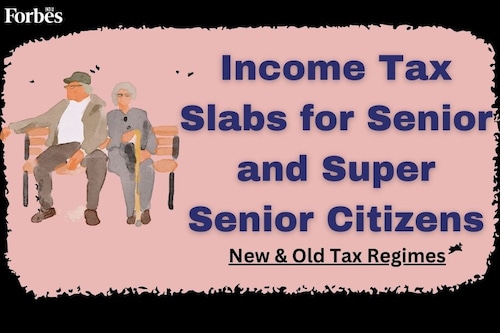Income tax slabs for senior and super senior citizens (new and old tax regimes)
Understanding income tax slabs for senior and super senior citizens is essential for effective tax planning. Get all the information you need in our concise guide


Income tax is a crucial source of revenue for the government, utilised for various developmental and welfare activities. The tax slabs are designed progressively to ensure equitable distribution of the tax burden. In India, senior citizens, who are above the age of 60 years, and super senior citizens, who are beyond the age of 80 years, are given certain benefits in terms of income tax. This article will delve into the details of the Income Tax Slabs for Senior Citizens.
The Indian tax system operates under the old and new regimes. The old regime has existed for many years, while the new regime was introduced in the Union Budget 2020. The new regime offers lower tax rates but does away with many deductions and exemptions available under the old regime. Senior citizens can choose between the two regimes based on their income structure and financial goals.
Also Read: Section 80C: Income tax deduction and limits under section 80C, 80CCD in 2024
Senior citizens between the ages of 60 and 79 have certain benefits under the Income Tax Act (required documents). The government has structured the Income tax slabs for senior citizens to provide relief and acknowledge the financial challenges that may come with retirement and old age.
First Published: Jun 24, 2024, 10:39
Subscribe Now